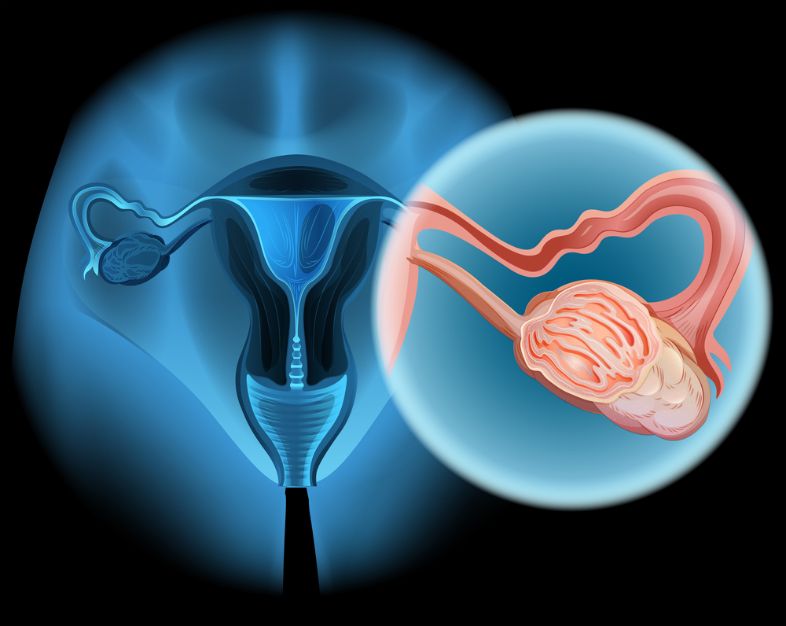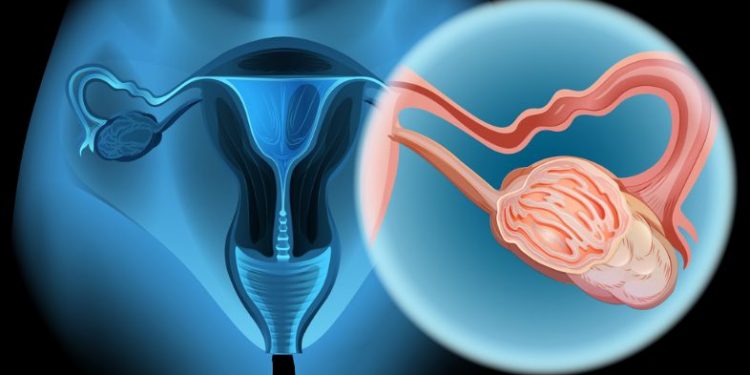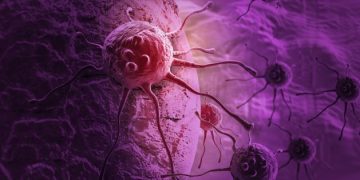A uterine sarcoma is a rare cancer that affects the female reproductive organs. It grows in the lining of the uterus, which is called the endometrium. The uterus is a hollow, pear-shaped organ in the pelvis that produces and protects a baby during pregnancy. The uterus has a narrow opening, called the cervix, which leads to the vagina.
A doctor can diagnose a uterine sarcoma by taking a sample of tissue from the uterus for testing in a lab. This is called a biopsy. A doctor can also find out if the uterine sarcoma has spread to other parts of the body by doing a chest X-ray or MRI scan.
Uterine sarcomas are usually found in older women. They usually start in the lining of the uterus (endometrium). But they can also grow in the walls of the uterus or in the muscles of the uterus. These sarcomas are usually very rare, and doctors don’t know what causes them.
The risk of getting a uterine sarcoma increases with age. It’s more common in women over 40, but people as young as 20 have gotten this cancer. And it’s more likely to happen if you’ve had radiation treatment in your pelvic area or if you’ve taken tamoxifen for breast cancer.

Signs of uterine sarcoma include abnormal bleeding that doesn’t go away and heavy periods. If you have these signs, talk to your doctor right away. Your doctor may recommend having a biopsy or hysterectomy.
Often, a uterine sarcoma isn’t diagnosed until it has spread to other parts of the body, such as the lungs. This is because a uterine sarcoma can look like other types of tumors, such as a leiomyoma. It’s also difficult to tell whether a uterine mass is a sarcoma or a leiomyoma from an imaging test alone.
To help doctors decide when to do a hysterectomy, a team of researchers created a prediction tool. They looked at factors such as age, race, the size of the uterine tumor, International Federation of Gynecology and Obstetrics (FIGO) staging, histological classification, and whether it had spread to other parts of the body. This tool, called a nomogram, can help doctors predict which patients are most likely to die from their uterine sarcoma and how much time they might have left before the cancer spreads more. A gynecologist who specializes in treating cancer (gynecological oncologist) can use the nomogram to guide their decisions about surgery, radiation, and chemotherapy.









